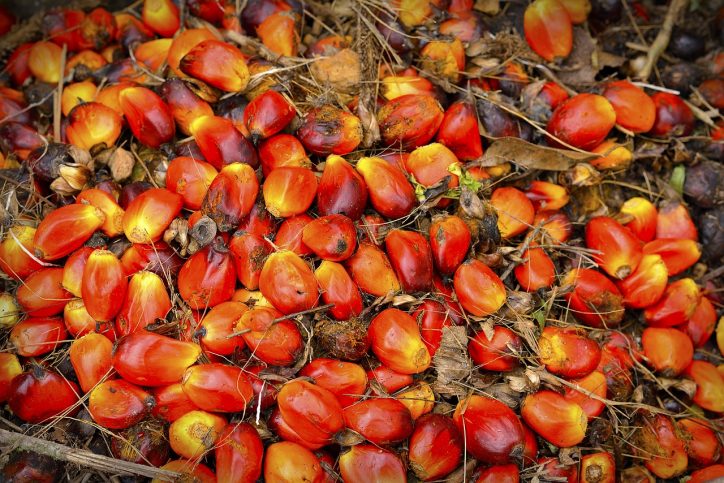The EPOA dissolves.
After a decade of promoting sustainable palm oil, the European Palm Oil Alliance (EPOA) announced its dissolution on January 1, 2023. The EPOA was a business initiative with the main goal of achieving the voluntary adoption of certified sustainable palm oil in Europe. One of its main achievements was the voluntary adoption of 93% certified sustainable palm oil for this purpose in Europe. In addition, the EPOA launched several other sustainable palm oil initiatives in Europe and collaborated with its partners to highlight the importance of sustainable palm oil through annual progress monitoring reports.
SPOC
Despite these achievements, the EPOA dissolves , citing changes in the palm oil industry and the need for a more flexible and targeted approach to promoting sustainable palm oil. The Sustainable Palm Oil Choice (SPOC) platform will continue to provide support on an individual basis for the foreseeable future.
The SPOC platform aims to provide consumers with information about sustainable palm oil. It also encourages the adoption of sustainable palm oil by the food, feed, and oleochemical industries. This platform also provides support to small-scale farmers in producing sustainable palm oil.
While the dissolution of the EPOA may be seen as a setback for the sustainable palm oil movement, the continuation of the SPOC platform is a positive sign that the promotion of sustainable palm oil will continue. The challenges facing the palm oil industry, including deforestation and human rights abuses, make the promotion of sustainable palm oil more important than ever. By continuing to promote sustainable palm oil, the SPOC platform and its partners can help ensure that the palm oil industry is sustainable.
To learn more about the Palm Oil Alliance click here.
If you are interested on our topics and you wish to go for a deeper analysis, please find here our other articles.

